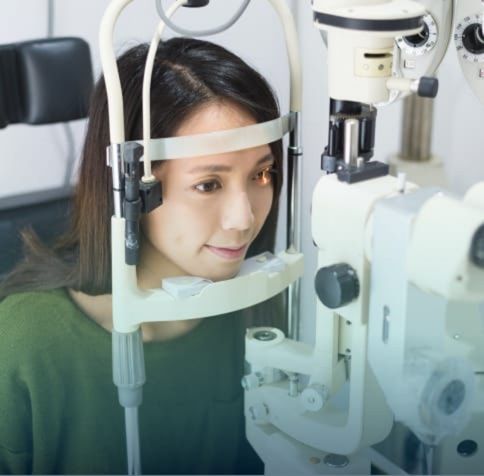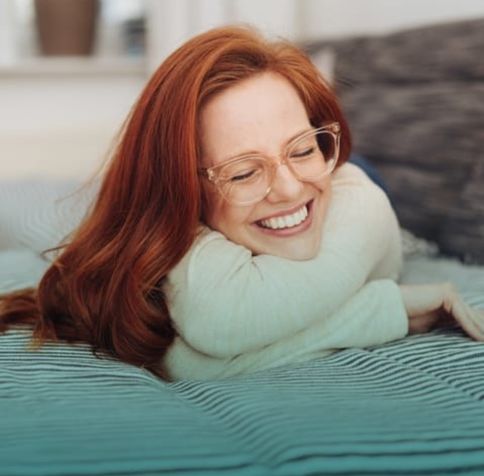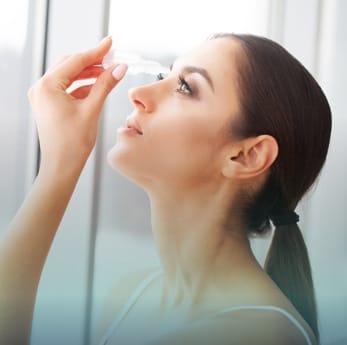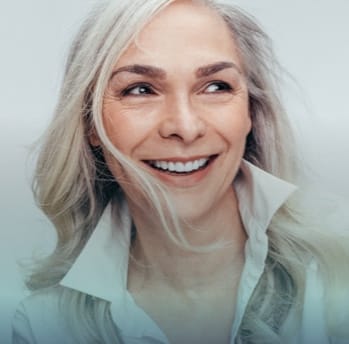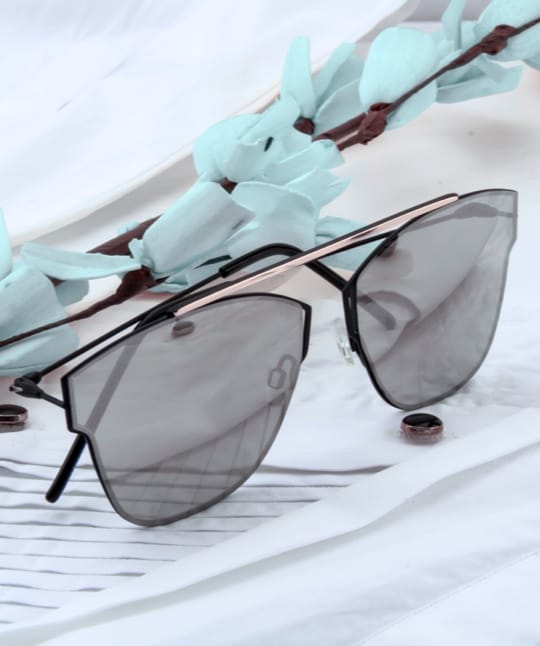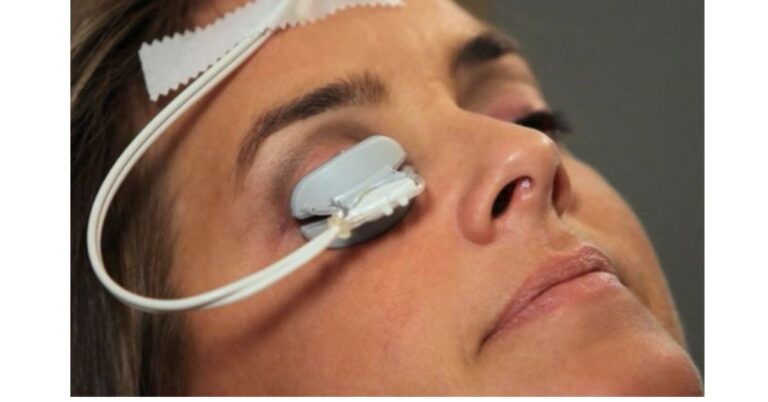
Jeff and I have built a career on trying to find the most effective treatments for dry eye disease. We’ve looked at research from all over the world, travelled to conferences, attended lectures, and sifted through studies in an attempt to find a variety of treatments to suit different kinds of dry eye disease and help people find relief from their symptoms. Over the years, we have found dozens of treatments that have helped bring relief to hundreds of our patients.
Even though there are plenty of treatment choices available, we find that some patients still believe artificial tears and medicated eye drops are their only options. While these treatment solutions work well for some patients, they may not be the answer for every case. Today, I would like to discuss some of the other dry eye treatment options that are currently available.
Different Types of Dry Eye Need Different Treatments

If every case of dry eye were the same, it might make sense to use the same treatment for everyone. However, there are multiple types of dry eye that stem from different sources. The two major types of dry eye are aqueous tear deficiency and evaporative dry eye.
What Is Aqueous Tear Deficiency?
Your eyes need tears for protection, lubrication, and cleanliness. If your eyes do not produce enough fluid to make tears, it is called aqueous tear deficiency.
The best treatments for aqueous deficiency will try to encourage your body to produce more tear fluid naturally or try to prevent tears from draining away too easily.
What Is Evaporative Dry Eye?
Your tears are coated with a thin layer of oil called meibum. This oil prevents tears from evaporating too quickly from the surface of the eyes. Without an oil film, your tears will evaporate almost immediately, leaving your eyes feeling dry and gritty.
The best treatments for evaporative dry eye will try to stabilize the tear film by producing more meibum or opening the glands that release meibum.
The majority of dry eye cases involve a combination of aqueous tear deficiency and evaporative dry eye.
What Are My Dry Eye Treatment Options?
Medicated Drops
There’s nothing wrong with eye drops as a treatment for dry eye. They just have to be the right kind of eye drops. Over the counter eye drops (artificial tears) may temporarily alleviate your symptoms, however, they will not solve the underlying issue.
Medicated eye drops such as Restasis and Xiidra are available by prescription only. The benefit is that they are designed to address the underlying cause of your dry eye disease, not just alleviate your symptoms.
Prescription eye drops typically treat aqueous deficiency dry eye.
Punctal Plugs
Your eyelids also contain very small drainage ducts that allow your tears to flow from the surface of your eyes without running down your face.
But if your body does not produce enough tears, you may want to prevent tears from draining away and allow them to simply evaporate instead. This can be done through punctal plugs. Punctal plugs are very small medical devices designed to temporarily or permanently block the drainage ducts in your upper eyelids, lower eyelids, or both.
Punctal plugs are typically around the size of a grain of rice and are comfortable to wear. Long-term punctal plugs are made of silicon while short-term punctal plugs are made of dissolvable materials like collagen.
LipiFlow
Sometimes the meibum (the oily layer on top of our tears) we need to produce healthy tears hardens inside the meibomian glands. As a result, the glands get blocked and our tears evaporate too quickly from the surface of the eye.
LipiFlow is a specially-designed treatment that helps open the meibomian glands and stimulates the flow of meibum.
Using a unique type of eye mask, LipiFlow applies calculated heat to your eyes while simultaneously using gentle pressure to express hardened meibum and open blockages.
Scleral Contact Lenses
Scleral contact lenses are a specialty lens that offers a variety of benefits and can be particularly useful to patients suffering from dry eye. Unlike traditional contact lenses, scleral contact lenses rest on the white part of the eye, or the sclera, rather than the edges of the cornea.
The dome of a scleral contact lens arches over the cornea, creating a space between the eye and the lens. This space can act as a reservoir for tears, allowing more comfortable contact lens wear and producing a hydrating effect throughout the day.
Supplements
Research shows that omega-3 fatty acids may be beneficial for patients suffering from dry eye. While any omega-3 supplement will be helpful, there are some supplements that are specially formulated for eye health.

Omega-3s have an anti-inflammatory effect. Reducing inflammation in the meibomian glands which may allow meibum to flow more freely. By stimulating the meibomian flow, patients can improve the quality of tears and moisturize the eye more effectively.
BlephEx
Dry eye often occurs in conjunction with a condition called blepharitis. When flaky skin and inflammation block the opening of the meibomian glands, they cannot produce enough of an oil film to keep tears from evaporating.
BlepEx is a treatment that can help with blepharitis and dry eye. This in-office treatment involves a handheld device featuring a very small medical-grade spinning sponge. An optometrist will use the device to very gently scrub along the eyelid margins and lashlines, removing any debris and biofilm that may be obstructing your meibomian glands.
Which Dry Eye Treatment Is Right for Me?
Each treatment works differently for each person. In some cases, the best solution is actually a combination of treatment methods. Your doctor will work with you to develop a treatment plan, based on the type of dry eye that you have which is tailored to your unique needs. The most important thing to remember is that you have more treatment options available to you than just over-the-counter and prescription eye drops.


